Home>Interior Design>Vinyl vs Fiberglass Windows: Which is Better?


Interior Design
Vinyl vs Fiberglass Windows: Which is Better?
Modified: December 6, 2023
On the topic of vinyl vs fiberglass windows, there are many points to consider. Join us as we examine these budget-friendly materials for your home sights.
(Many of the links in this article redirect to a specific reviewed product. Your purchase of these products through affiliate links helps to generate commission for Storables.com, at no extra cost. Learn more)
Windows are some of the most defining features of a house. Not only do they allow sunlight and wind inside, but they also act as accents to the exterior. The final look of your facade can be affected even by the shape and trim of your windows. With innumerable designs and materials available on the market, it’s no wonder that the vinyl vs fiberglass windows debate has arisen. Join us as we delve into the topic and define each of these options.
What is a Vinyl Window?
A vinyl window is made up of an outer window frame formed from polyvinyl chloride (PVC). It also has an inner set of glass panes. Many have up to three layers of these glass panes for better insulation. These windows come in different shapes and sizes and are known to be some of the most affordable on the market. This is largely thanks to the manufacturing process, which we’ll be going over next.
Read more: Linoleum Vs Vinyl Flooring: Which is Better?
How is a Vinyl Window Made
Vinyl windows have two main parts — the frame and the panes or screens. The frame can be broken up further into the head, the jamb, and the sill. The head serves as the top of the window while the jamb and sill are used as the sides and bottom respectively.
Frame
To make the frame, PVC is first molded into long strips with all the bends and patterns needed for one side of the window. These are cut to size and drainage holes are drilled into the frame to prevent moisture from getting stuck inside. The frame is then assembled by melting the ends of the strips and pressing them together to form the window’s corners. Spacers for the screen and inner coverings can then be installed.
Panes and Screen
For the glass panes, sashes are constructed in a way that’s similar to the frame. These sashes are frames within the outer frame, fitted with seals and hardware that allow them to move around as designed. The glass is then fitted into the sash and sealed.
Some windows also have screens installed. These allow airflow and light inside while blocking bugs and critters from entering the window. They’re typically made with a fine fiberglass mesh.
Vinyl Window Pros and Cons
Now, vinyl windows have a few pros and cons, which we’ll be going over in this section. These should help you determine if they’re right for you.
Pros
Vinyl windows are known to be some of the easiest windows to manufacture in the market. As a result, they’re also among the most affordable ones. If you need a quick replacement window that’s easy on the wallet, pick up a vinyl one.
They’re also highly customizable, meaning big windows are doable with this material. A lot of window manufacturers can custom cut your windows to the size you need. In addition, vinyl windows are known to be easy to install and low maintenance.
Cons
Unfortunately, there are a few cons that come with purchasing vinyl windows. One of the main ones is build quality. While cheap vinyl windows are tempting, they can also be prone to breaking and generally being more flimsy. Premium vinyl windows are better at this, but even they suffer from warping in areas that experience extreme heat.
Pros and Cons Summary
Pros
- Easy to manufacture
- Very affordable
- Commonly available
- Highly customizable
- Easy to install and maintain
Cons
- Cheaper options are more flimsy
- Prone to warping when exposed to extreme heat
What is a Fiberglass Window
Next, let’s look at fiberglass windows. Much like vinyl windows, these fixtures have an outer frame made with their titular material and a set of inner glass panes. Fiberglass is known as a strong, durable material that’s relatively easy to form and shape. It’s used in all sorts of things, including the screens in other windows. When prices are compared in the vinyl vs fiberglass windows debate, vinyl has the upper hand. However, the higher price of fiberglass does have its advantages as we’ll be seeing later.
Read more: How To Clean Vinyl Windows In Sunroom
How is a Fiberglass Window Made
The way the strips of fiberglass are made and shaped differs greatly from the vinyl models. They’re created with a process called pultrusion, which uses a mix of heat and pulling force to combine fiberglass with resin. These form the long strips of shaped fiberglass that then become the head, jamb, and still. Sometimes, wood interiors are also fitted into the windows for an extra premium look and feel.
Other than these points, the assembly process for fiberglass windows is quite similar to that of the vinyl ones. The main difference is in the melding of the corners. Instead of being melted together, fiberglass parts use adhesive or epoxies to stick.
Fiberglass Window Pros and Cons
Like vinyl, fiberglass windows have their benefits and drawbacks. These are important to look at when comparing the two.
Pros
While not as affordable as vinyl windows, fiberglass windows still come out at reasonable prices. They’re known to be very sturdy and can easily withstand changes in temperatures. The window frames made from fiberglass expand and contract near the same rate as glass does. As a result, the different materials won’t clash as much during temperature changes.
In addition to this, fiberglass takes customization up a notch. Many of these windows can be painted any color. They also have the option of using wood as a trim on the inside portion. This opens tons of design options for both the interior and exterior appearance. In addition, the fiberglass surface takes paint very well. Repainting is rarely needed, making maintenance a breeze.
Cons
As always, there are a few caveats to buying fiberglass, but the main issue is with the budget. Fiberglass windows are more expensive than vinyl windows after all. However, they do make up for this by being more durable. Another drawback is that certain kinds of fiberglass can’t be painted, meaning color palettes may be limited depending on what you buy.
Pros and Cons Summary
Pros
- Affordably priced
- Very sturdy
- Can withstand changes in temperature very well
- Highly customizable with paint colors and wooden interiors
- Easy to maintain and clean
Cons
- More expensive than vinyl windows
- Certain forms of fiberglass can’t be painted
Vinyl vs Fiberglass Windows
Now that we’re more familiar with the two options, we can finally get to the main question of this article. Which should you choose between vinyl vs fiberglass windows? Let’s go over some of the biggest deciding factors.
Price
Both vinyl and fiberglass windows are quite affordable. Neither has the high price and maintenance cost that comes with wooden windows. Thanks to the way each is manufactured, they’re easy to procure as needed without breaking the bank. That being said, vinyl is the cheaper of the two options as the material is much easier to make and form than fiberglass.
Build Quality
Vinyl’s lower price tag does come at the cost of its build quality. When comparing vinyl vs fiberglass windows, it’s important to note that fiberglass is the sturdier of the two. It can handle severe temperature shifts and hot weather climates better than vinyl. That being said, both vinyl and fiberglass are resistant to rust and rot, which is the downfall of other window materials.
Both vinyl and fiberglass windows can last a good number of years with the proper care and the right environment. Fiberglass is known to have a longer lifespan with an average of 50 years. Vinyl meanwhile can last anywhere from 20 to 40 years. Harsh sunlight significantly speeds up the aging process of vinyl in particular since it causes brittleness in the material.
Read more: How To Replace Window Glass In Vinyl Frame
Customizability
Finally, we have customizability. The truth is that both window types can be custom-fit to form all sorts of designs. When it comes to how vinyl vs fiberglass windows can be colored or decorated though, fiberglass takes the lead. Vinyl windows don’t take paint very well and usually only come in a few select colors. On the other hand, while some forms of fiberglass can’t use paint either, many will still have the option. That means a wider array of colors are available for you as a decorator when you choose fiberglass.
In addition to all this, fiberglass windows have the option of integrating wood into their design for a more premium finish. This even carries with it some of the benefits of expensive wooden windows without the hefty price tag.
| Metrix of Comparison | Vinyl Windows | Fiberglass Windows |
|---|---|---|
| Cost | Most affordable option | Budget-friendly and less expensive than traditional wood |
| Build Quality | Cheaper PVC may be flimsy, but more premium PVC is decently sturdy | Durable material reinforced with both resin and glass fibers |
| Temperature and Weather Resistance | Holds up against rain but longevity suffers at extreme hot and cold temperatures | Resistant to sudden shifts in temperature; holds up well against rain, snow, and sun |
| Longevity | Lifetime expectancy of 20 to 40 years | Lifetime expectancy of around 50 years |
| Maintenance | Easy to clean and maintain in cooler climates | Easy to clean with no need to repaint often |
| Customizability | Comes in limited colors but can be cut to almost any size needed | Certain types can be painted any color and can cut to custom sizes as needed; wood clad interior is available |
Types of Vinyl vs Fiberglass Windows
As mentioned, vinyl and fiberglass windows come in many different shapes and sizes. They share some similarities in this regard. This section aims to give an overview of the other aspects of a window to look at besides the main material.
General Shape and Size
The general shape of your windows will determine a lot, including the appearance, ventilation, and brightness of a room. For instance, if you get big bay windows, you’ll be letting a lot of light in while also making space on the inside for a nice little reading nook. On the other hand, you may only need a small ventilation window in your basement for that extra bit of fresh air. There are many styles of windows available to you whichever material you choose.
Window Panes
Thanks to the science of insulation, the number of layers of glass panes in your window also affects the temperature of a room. Single-pane vinyl or fiberglass windows are rarely suited to temperate climates since they don’t regulate indoor temperatures very well. You’ll want a double or triple-pane set of windows to help deal with the hotter summers and colder winters. Due to the insulating factor of these panes, you will find yourself saving a lot of electricity should you choose to upgrade your windows.
Read also: 8 Amazing Vinyl Window Blinds for 2025
Hinges and Sliding Mechanisms
In general, there are two main ways a window is designed to open. Either it slides vertically or horizontally along a rail or it swings open on a hinge. These two types of windows have their own little pros and cons to consider.
Sliding windows save on space if your home or apartment is built close to another structure. However, they don’t usually open as wide since up to half of the frame will be dedicated to holding the sliding pane. Hinge-type windows, meanwhile, can open fully but may bump into things on either side. They also require a larger awning or overhang to avoid damage from rain.
Integration of Wooden Components
This part mostly deals with fiberglass windows. While there are purely fiberglass frames out there, the integration of wooden components is one of the benefits of this type of window.
A wood interior can be inlaid into the window frame to produce a premium look and feel from inside the house. At the same time, with the weather-resistant fiberglass on the outside, you don’t have to worry as much about the wood rotting or being damaged by the weather.
How to Clean Vinyl vs Fiberglass Windows
Maintaining your vinyl or fiberglass windows is honestly a breeze compared to other types. Since you don’t need to worry about rust or rot, a lot of the time all they need is a good clean.
Frame
Because dust settles on horizontal surfaces more than vertical ones, parts of your window frame will tend to get dirty faster than others. The tops of the frame, the windowsill, and any grooves are the areas where dust will tend to collect. Try to go over these areas with a duster whenever you clean in the area. If the dust piles up too much and turns into grime, you can also go over the surfaces with a damp microfiber cloth.
Read more: What Kind Of Vinyl To Use On Car Windows
Glass
A good rule of thumb is to clean the glass on your home windows about once a month. Using some window cleaners and a window squeegee will work wonders. Simply mix the solution as instructed on the packaging and spread it on the window with the sponge. Gently rub off any stubborn stains as you go. Once that’s done, use the squeegee to wipe away the water for a smudge-less finish.
Security for Your Vinyl vs Fiberglass Windows
While they do a lot of good, windows are also a very easy point of entry for your home. As such, once you’ve chosen your windows and have them installed, you may want to reinforce them with a few key security features.
For instance, a window alarm can be set to go off whenever a window is opened. You can have them active at all times to alert you when something is amiss. Some replacement window locks may also be in order, especially if you want an extra strong seal in place during the evenings or when you’re away.
For sliding windows in particular, you may wish to consider buying a window security bar. It acts as a stopper to keep your windows from opening from the outside. You can even set it so the window can stay open only partway.
Frequently Asked Questions about Vinyl Vs Fiberglass Windows
When comparing vinyl vs fiberglass windows, it’s important to note what you’re looking for. Vinyl is the more affordable option, but fiberglass lasts longer and is more durable. To find out which is best for you, assess your budget and the materials before making a decision.
Vinyl windows are a good bang for your buck option if you’re looking for an affordable set of windows. They’re relatively customizable and are easy to clean and maintain. That being said, they do suffer from sensitivity to intense temperatures and aren’t very hardy, so take that into account when deciding whether to buy a set.
Fiberglass windows have portions of their build enforced with a sealant to help prevent rain from entering the frame. For the times it inevitably does though, there are usually drainage holes to let the water out as soon as possible. The material itself is resistant to water and doesn’t rust or rot like aluminum or wooden windows.
Fiberglass windows are generally low maintenance, but no window is entirely maintenance-free. Should the panes or the screen break, certain parts will need replacing. The same can be said if some of the waterproof sealants are no longer as strong. That being said, fiberglass frames are known to last up to 50 years, are weather-resistant, and tend to keep their paint job easily. This means that, unlike other materials, resealing the whole frame is usually unnecessary and the need to repaint is rare.
Read more: How To Hang Window Boxes On Vinyl Siding
Conclusion
As we’ve seen, the question of vinyl vs fiberglass windows is rather nuanced. On the one hand, vinyl is kinder to your wallet and does an excellent job of providing a custom fit for your home. It’s a good choice. On the other hand, fiberglass carries a higher price tag, but it also benefits from a sturdier build and more customizability. So, which material makes the best windows for your home? As we’ve seen, the answer is ultimately up to you, your preferences, and your budget.
Was this page helpful?
At Storables.com, we guarantee accurate and reliable information. Our content, validated by Expert Board Contributors, is crafted following stringent Editorial Policies. We're committed to providing you with well-researched, expert-backed insights for all your informational needs.
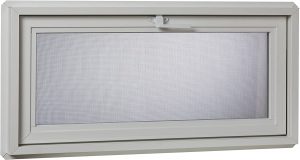
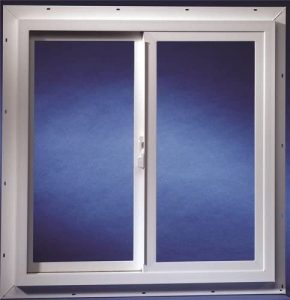

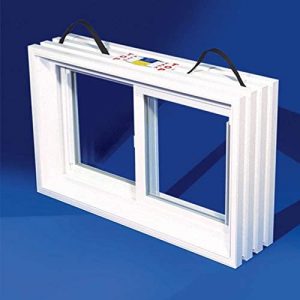
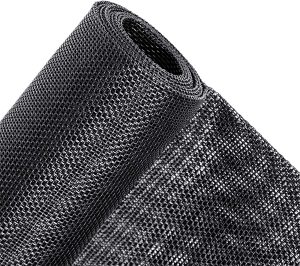
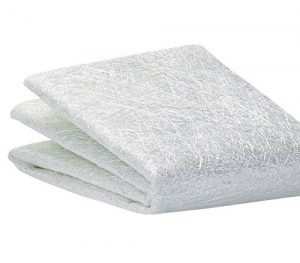
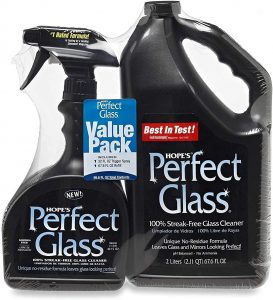

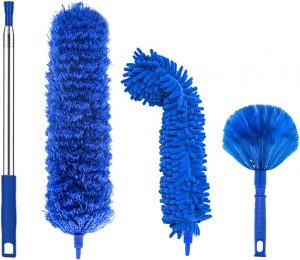
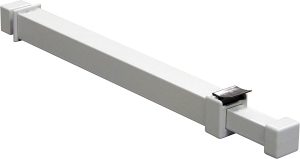
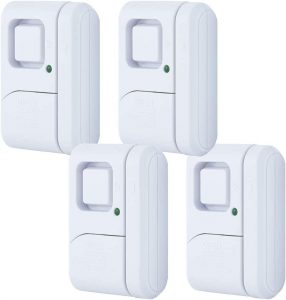
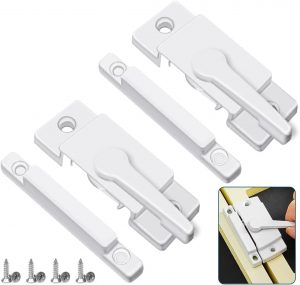
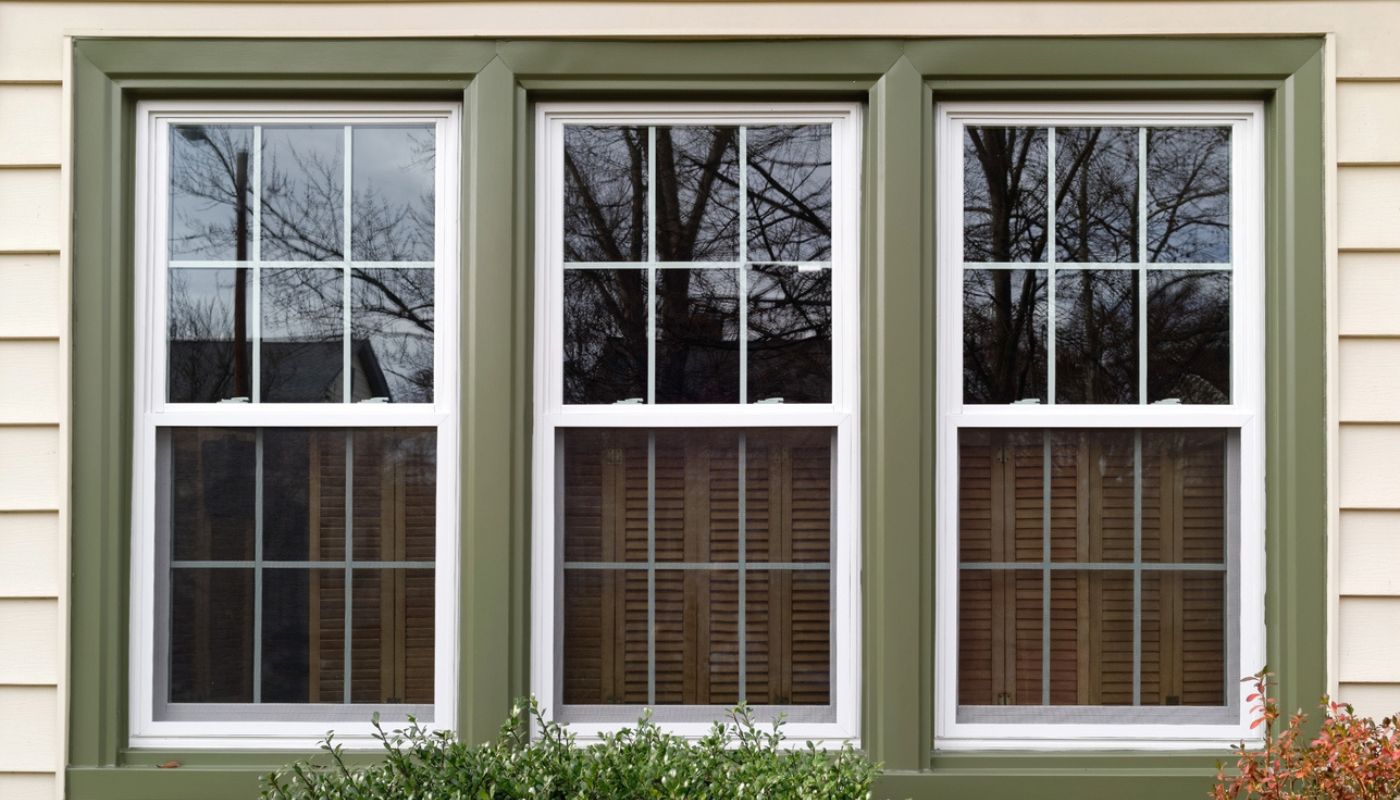
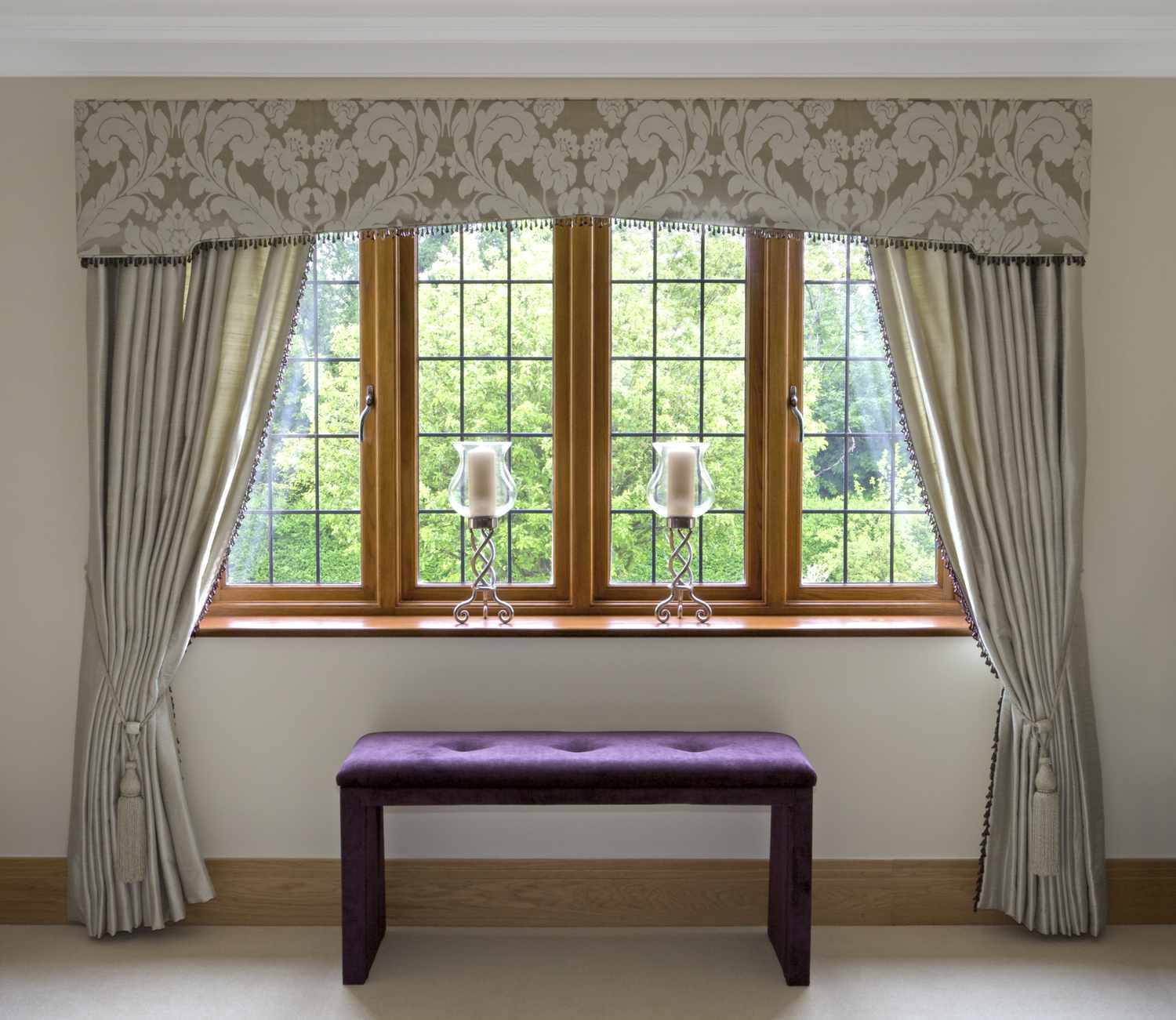
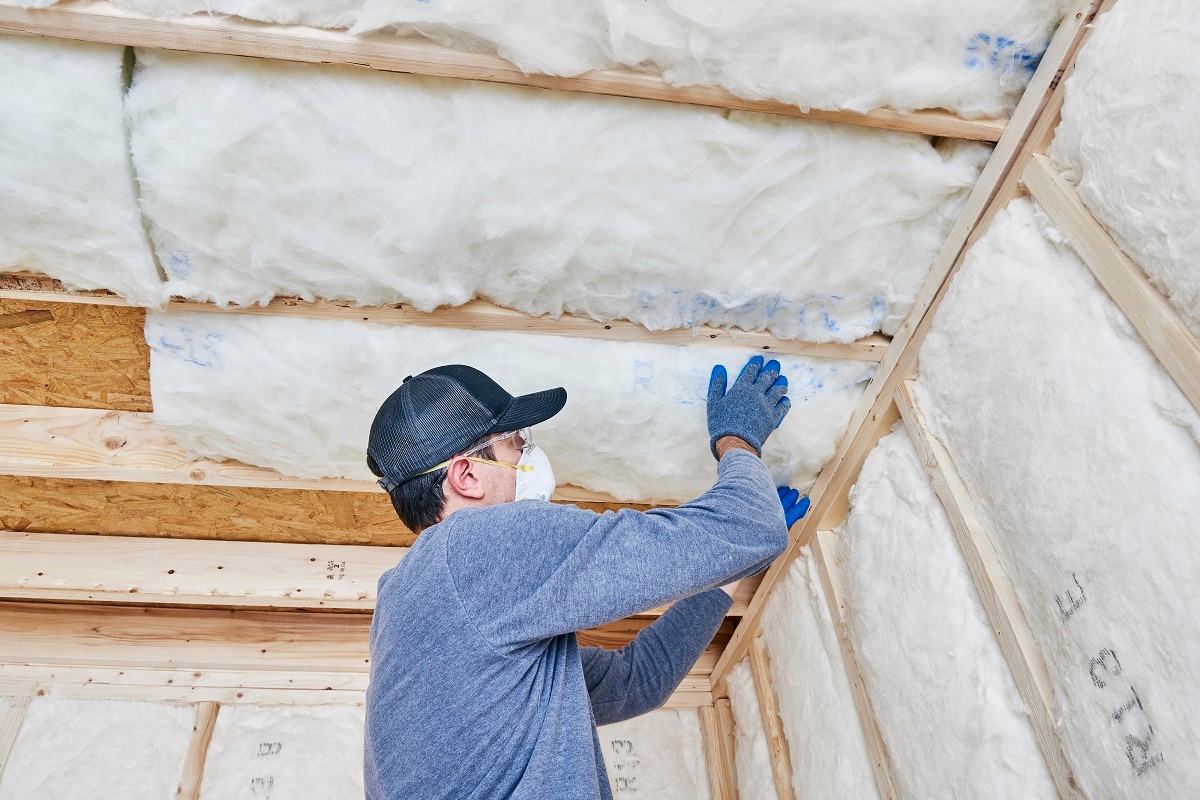
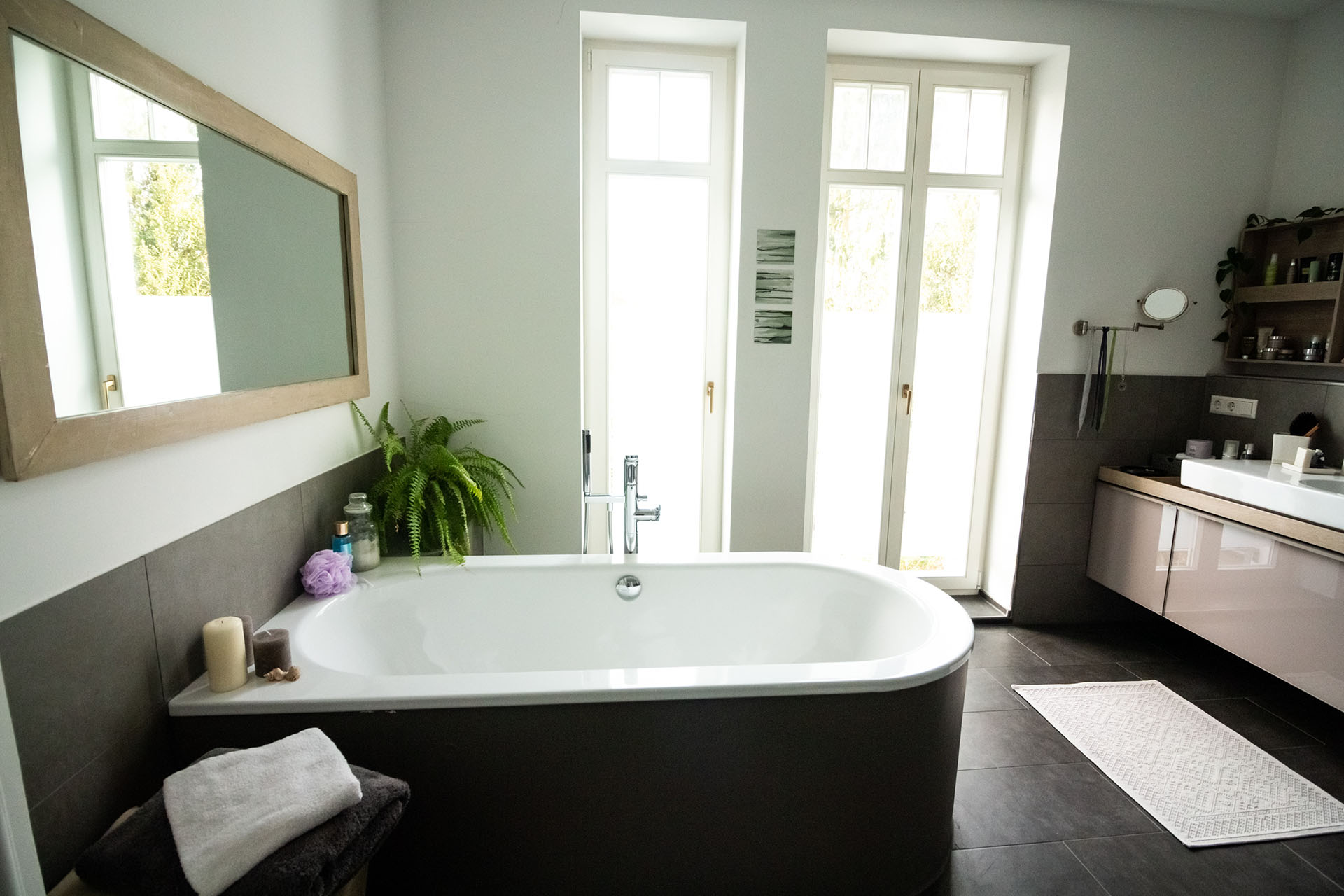
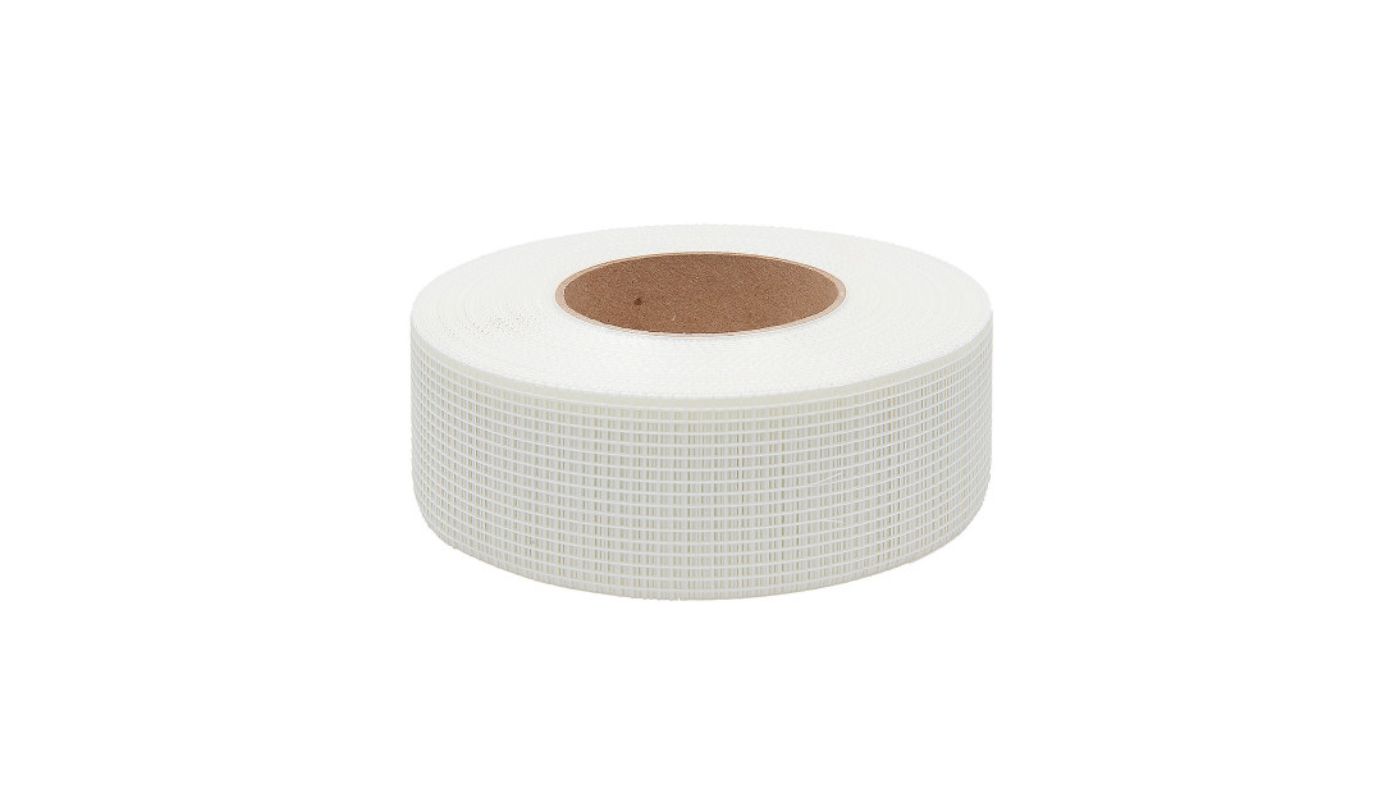
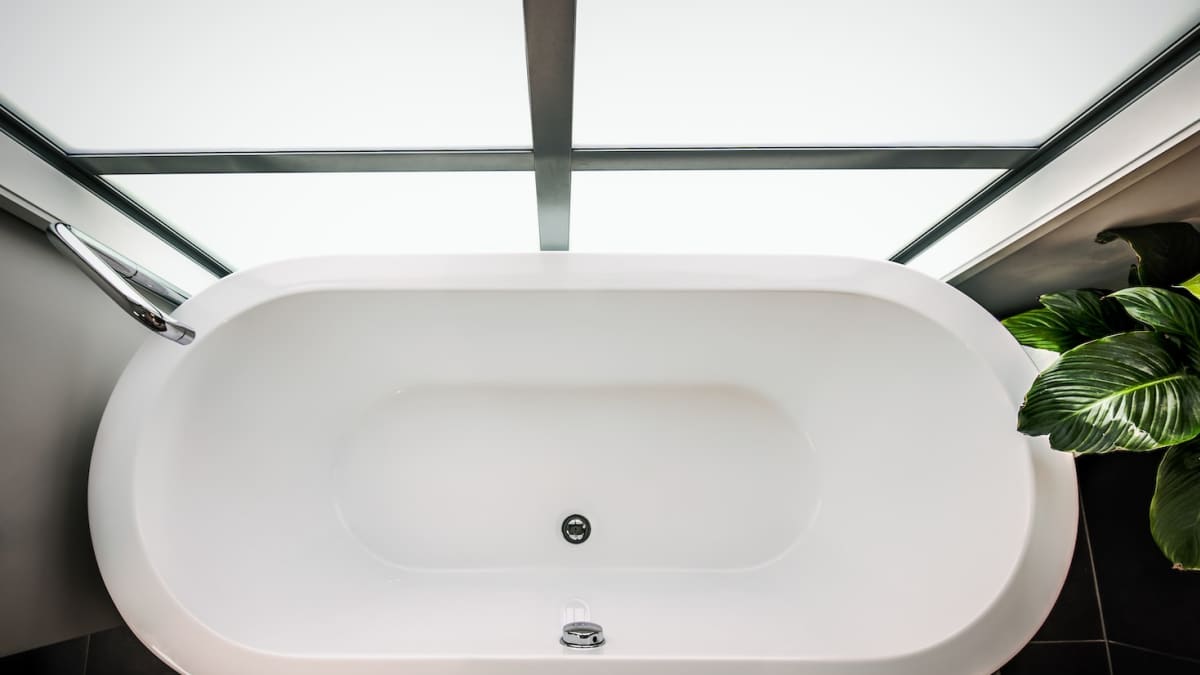
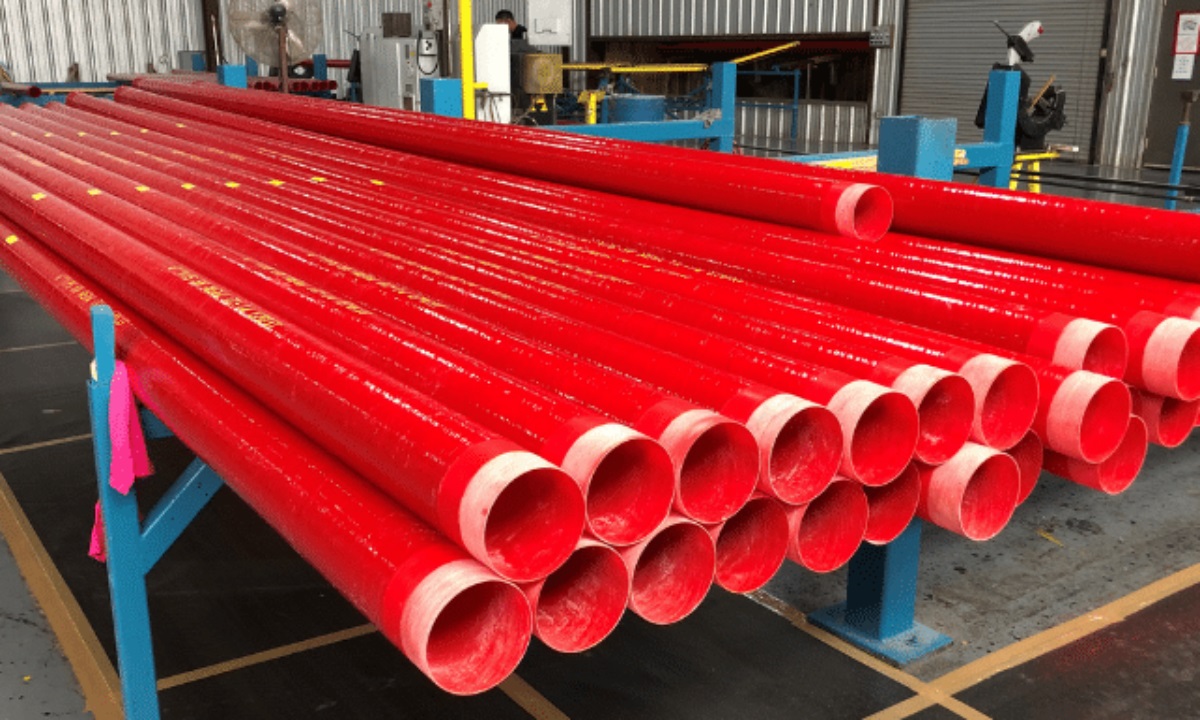
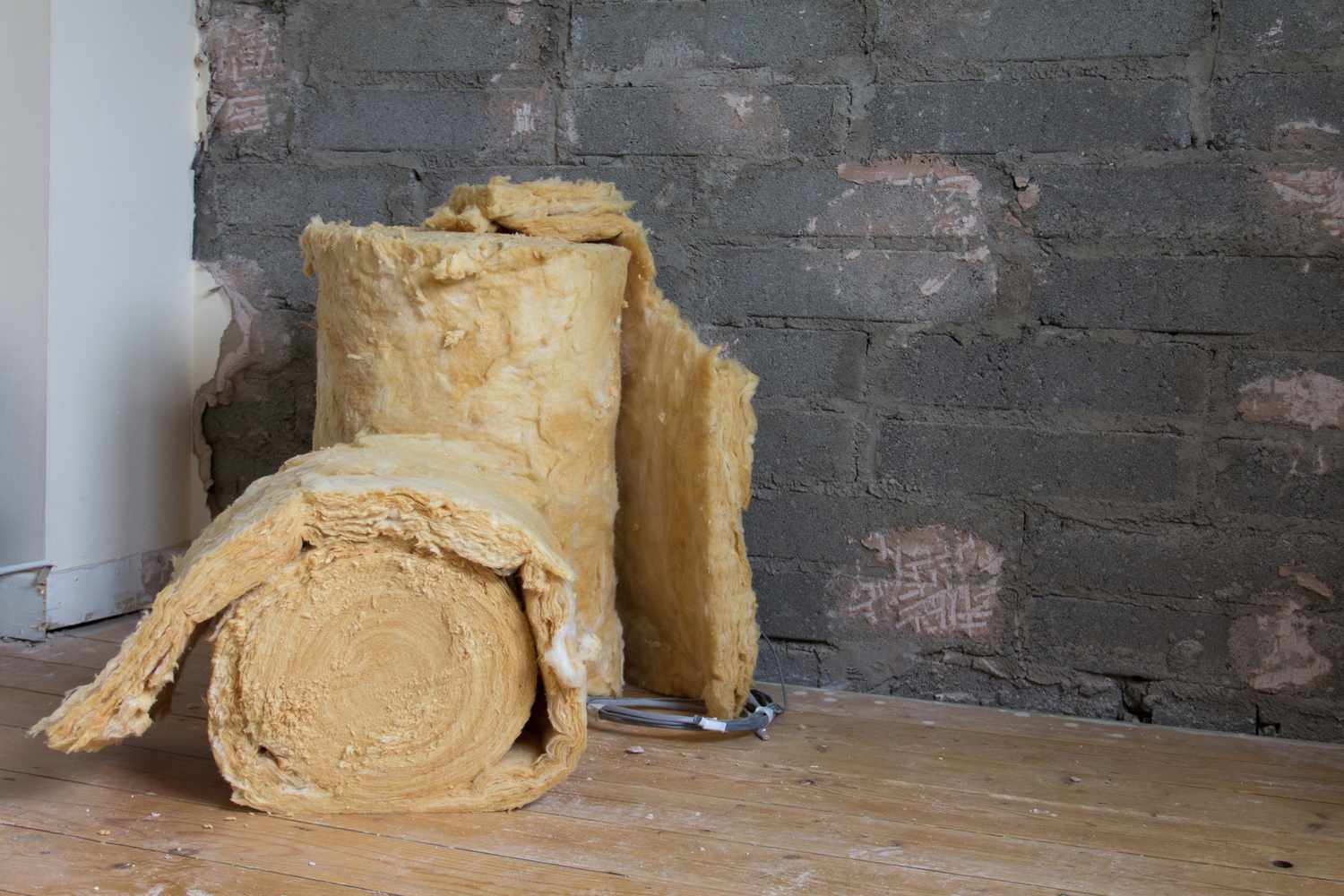

0 thoughts on “Vinyl vs Fiberglass Windows: Which is Better?”